Many household products are essential to our daily routines and we don’t think twice about using them. But, there are some items, such as cleaning solutions and air fresheners that contain chemicals that are potentially harmful to your health. We look at 18 surprising facts about everyday items that could be affecting your wellbeing:
Cleaning Products and Respiratory Issues
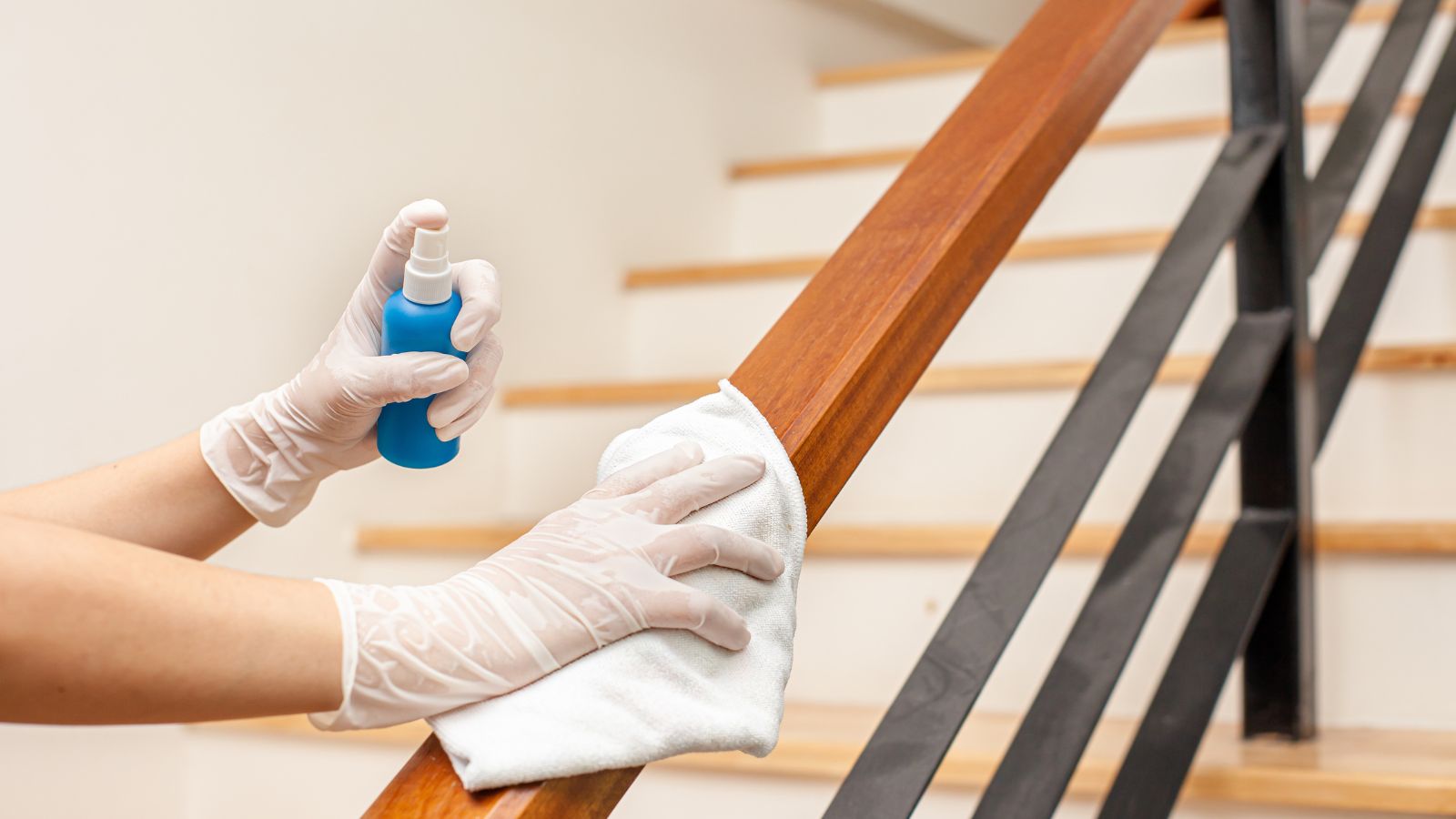
Many common cleaning products contain volatile organic compounds (VOCs) that can trigger respiratory issues, including asthma and allergies. Prolonged exposure to chemical fumes can harm your respiratory system over time, with conditions like asthma and bronchitis being common. It’s important to ensure there’s adequate ventilation if you do choose to use chemical cleaning products.
Air Fresheners and Hormone Disruption
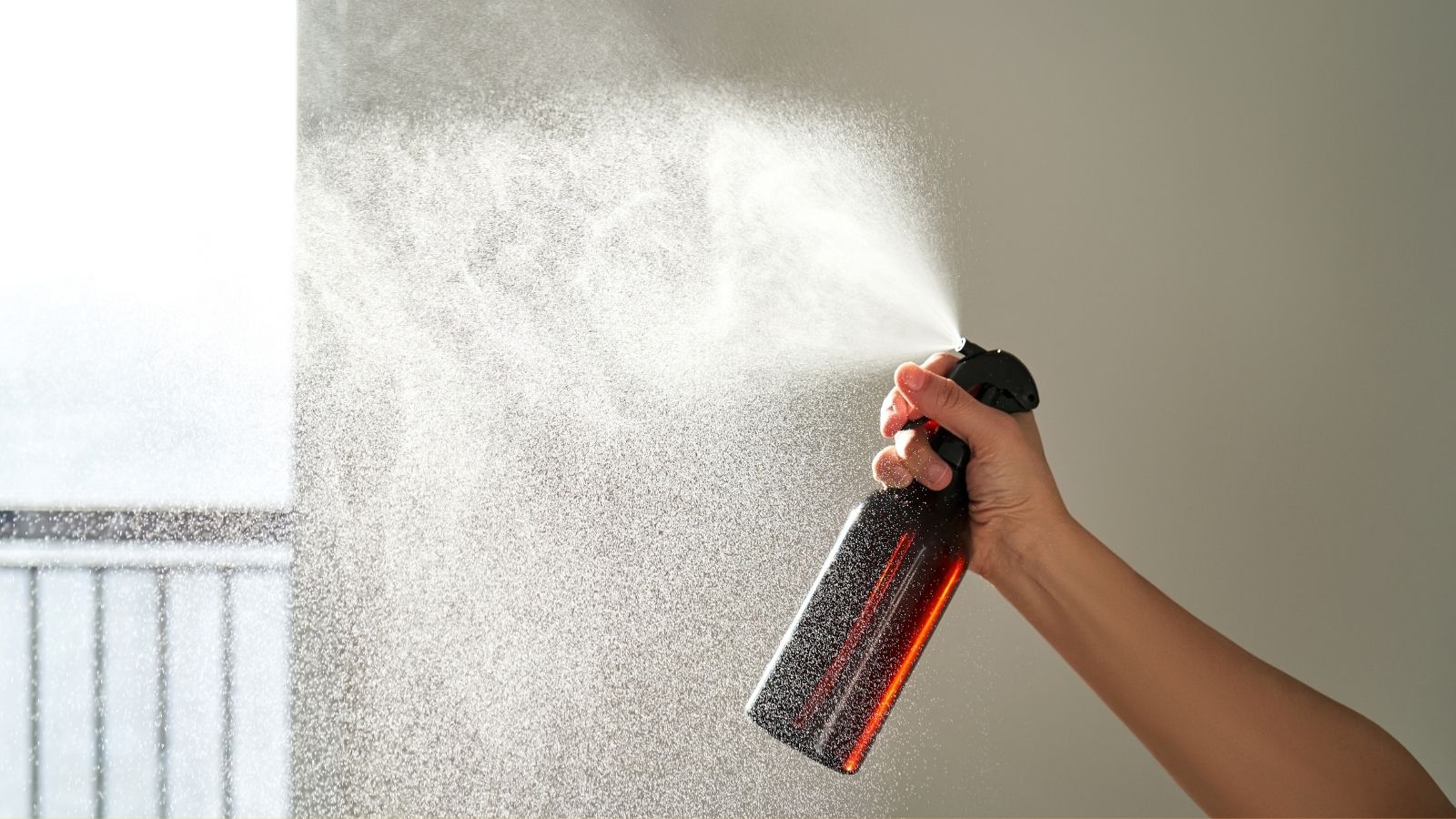
Air fresheners may smell pleasant, but some contain phthalates, which are known endocrine disruptors. These chemicals can interfere with hormone function and have been linked to various health issues, from developmental issues in children to reproductive health.
Antibacterial Soaps and Resistance
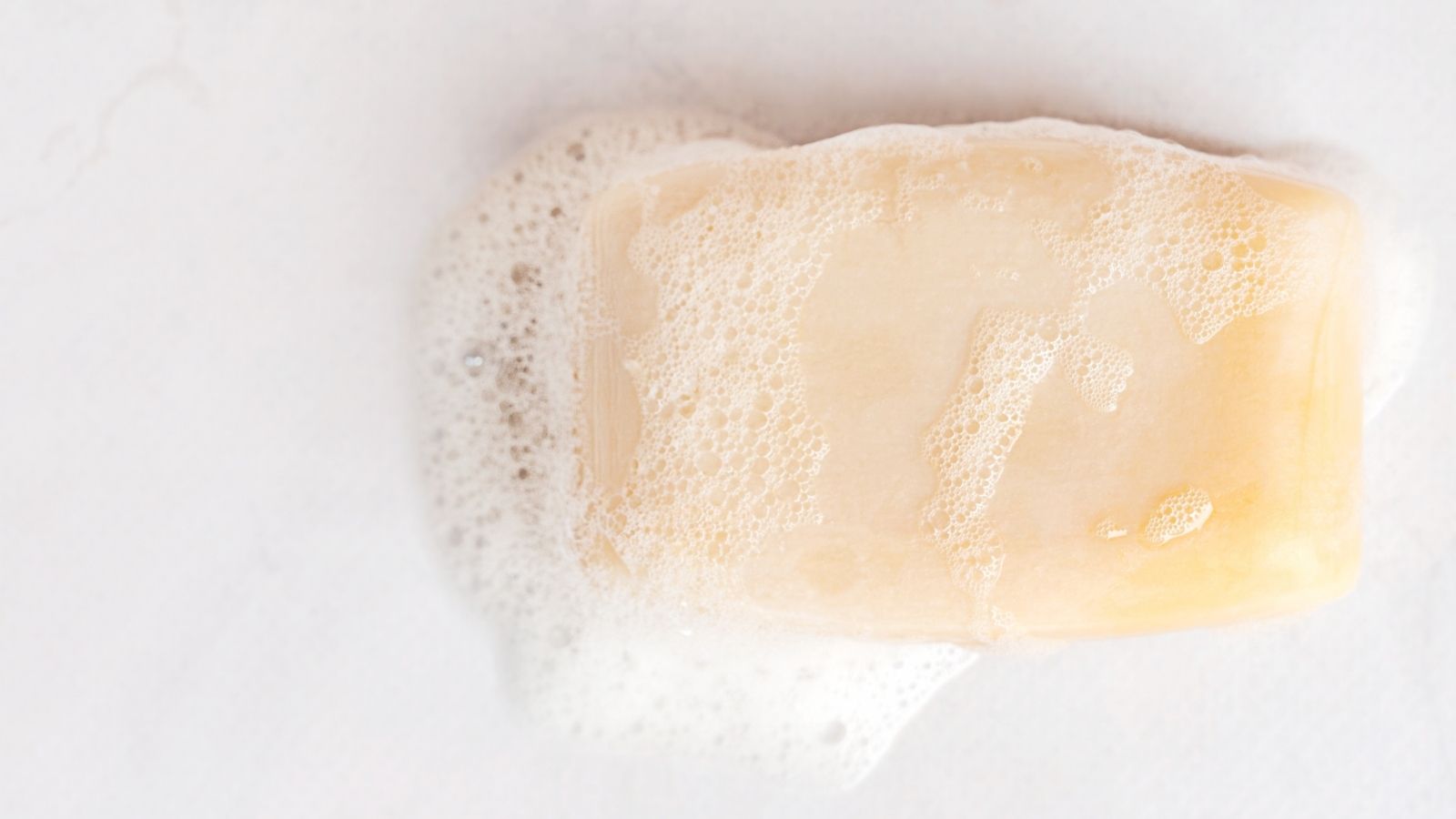
While they may seem like a good way to kill germs, antibacterial soaps often contain triclosan, which may contribute to antibiotic resistance. Antibiotic-resistant infections can be more difficult and sometimes impossible to treat, resulting in higher death rates, as common infections become untreatable.
Nonstick Cookware and Toxins

Many older nonstick coatings contain perfluoroalkyl and polyfluoroalkyl substances (PFAS), which are harmful chemicals linked to various health issues, including cancer, liver damage, and thyroid disease.
Laundry Detergents and Skin Sensitivity
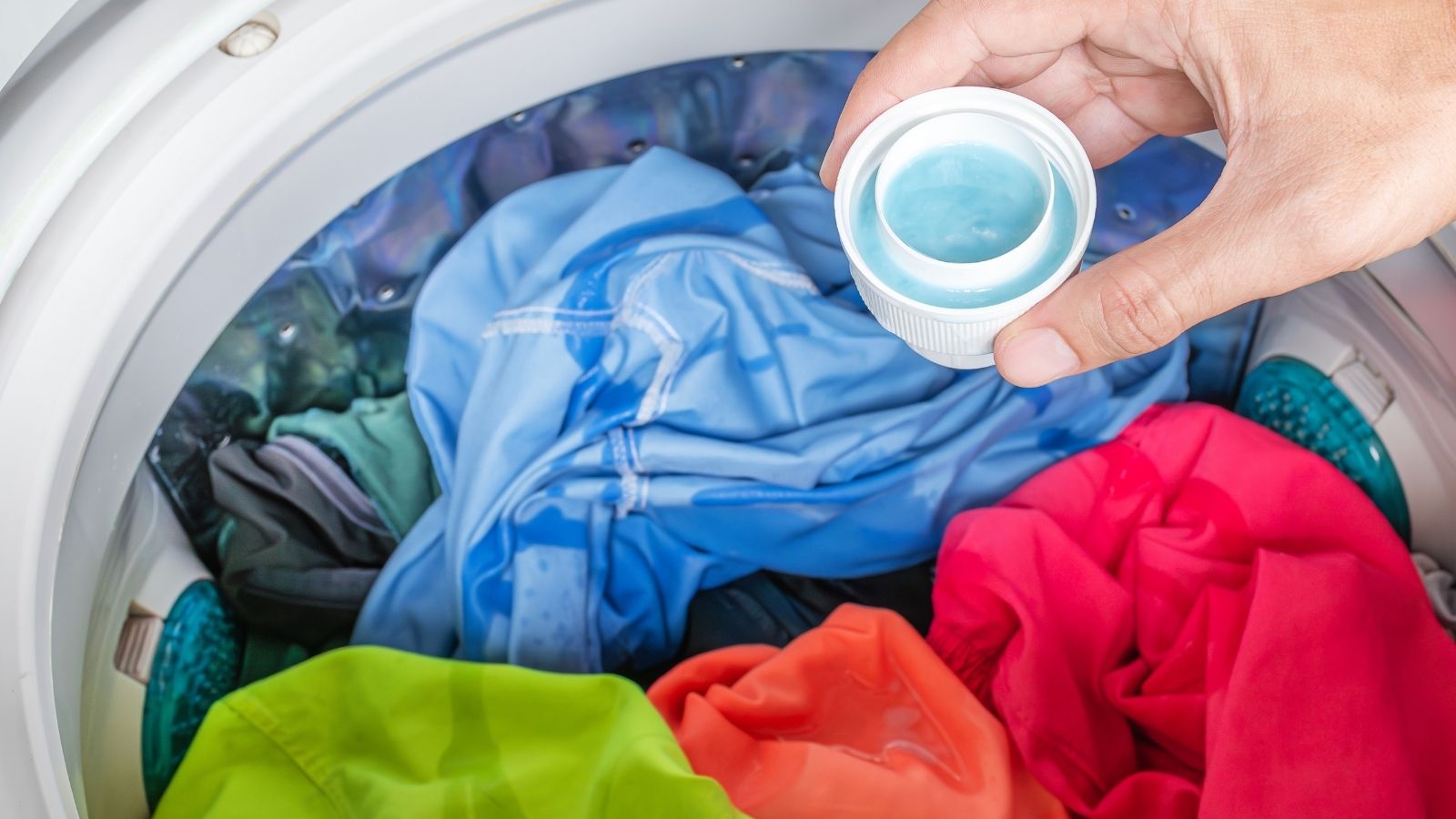
Artificial perfumes, colors and other allergens found in some laundry detergents can irritate skin, especially if you have sensitive skin. Residues left on clothes can transfer to the skin, causing rashes or itching.
Bleach and Lung Health
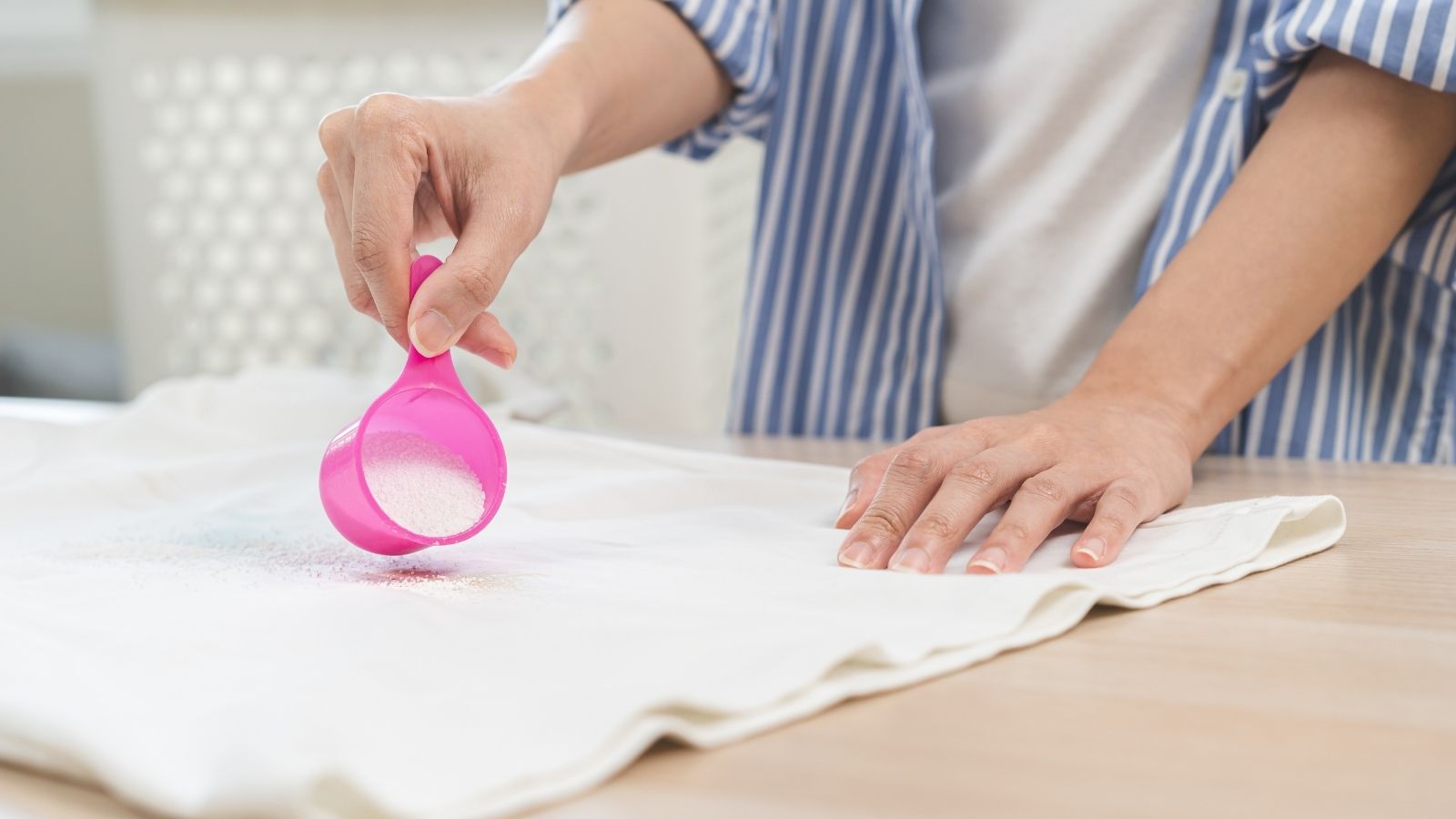
Bleach is a powerful disinfectant but can be harmful when inhaled. Breathing in bleach fumes can irritate the respiratory tract, leading to coughing, wheezing and difficulty breathing. In severe cases, long term exposure to bleach can cause lung damage and inflammation.
Scented Candles and Indoor Air Pollution
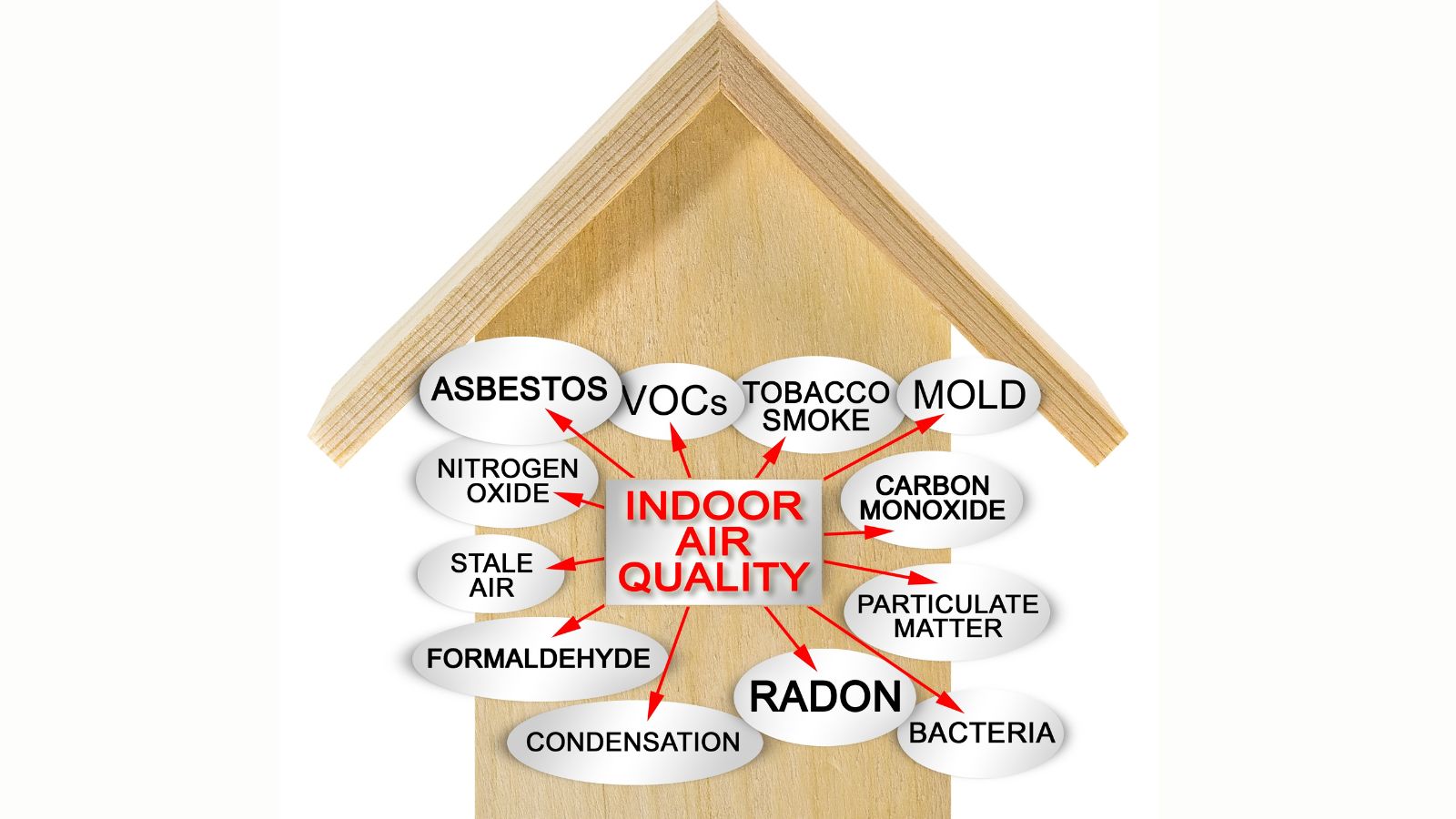
While scented candles create a nice atmosphere, certain types can generate dangerous chemicals like toluene and benzene when burning. These chemicals are known carcinogens which circulate around your home and can lead to respiratory issues.
Carpet Cleaners and Allergies

Many carpet cleaning products contain chemicals that can trigger allergic reactions in sensitive individuals. If you already have allergies or conditions like asthma, these allergic reactions may show up as eye irritation, respiratory problems or skin rashes.
Fabric Softeners and Skin Reactions

Fabric softeners make our clothes feel and smell nice but they’re often loaded with synthetic fragrances. The chemicals used in laundry products can irritate the skin, especially for people with eczema or sensitivitie skin.
Dishwashing Liquids and Gastrointestinal Health
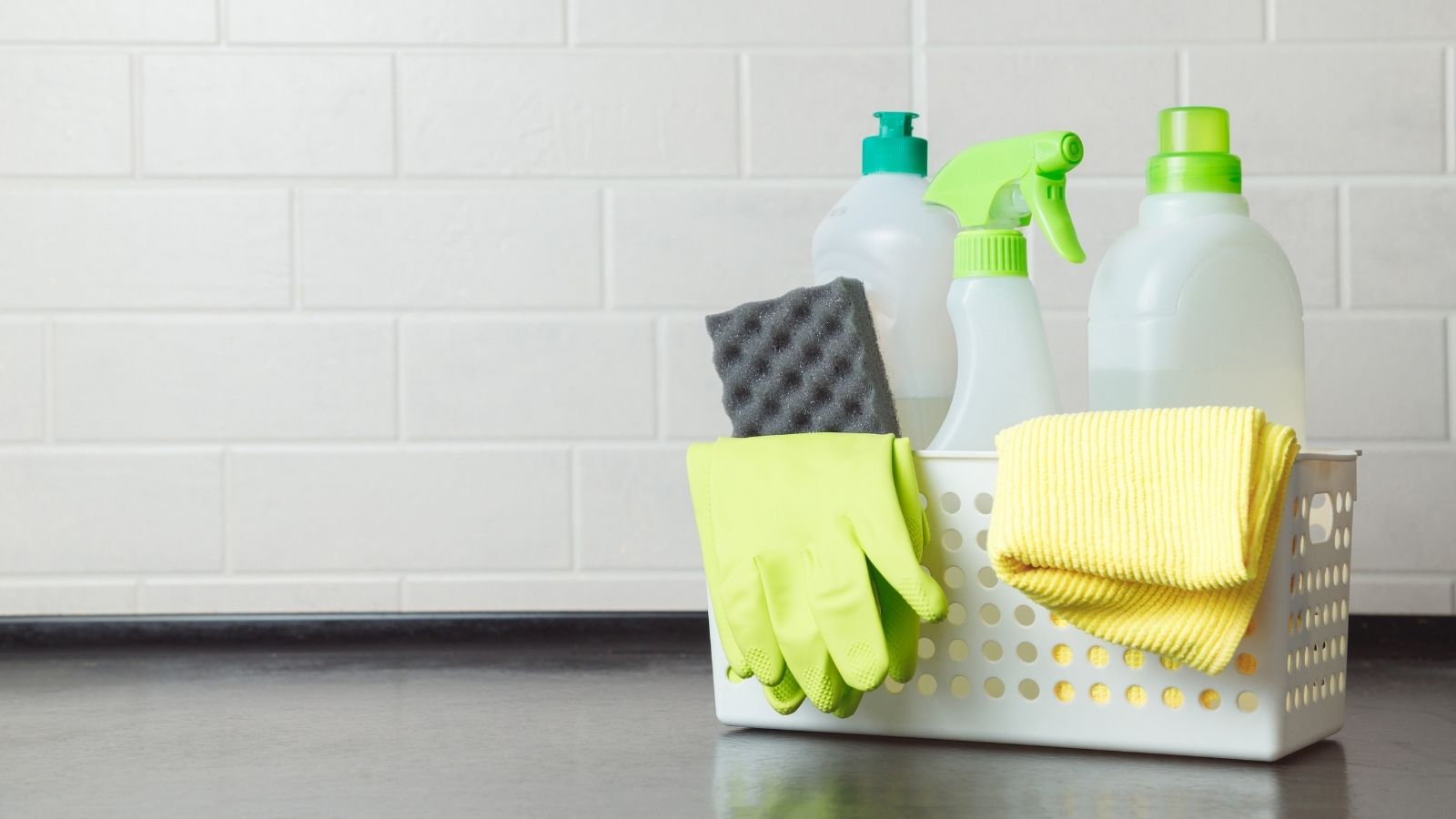
Some dishwashing liquids contain chemicals that can be toxic if ingested in small amounts over time. Residual chemicals left on dishes might enter the digestive system, potentially leading to gastrointestinal distress.
Furniture Polish and Toxic Fumes
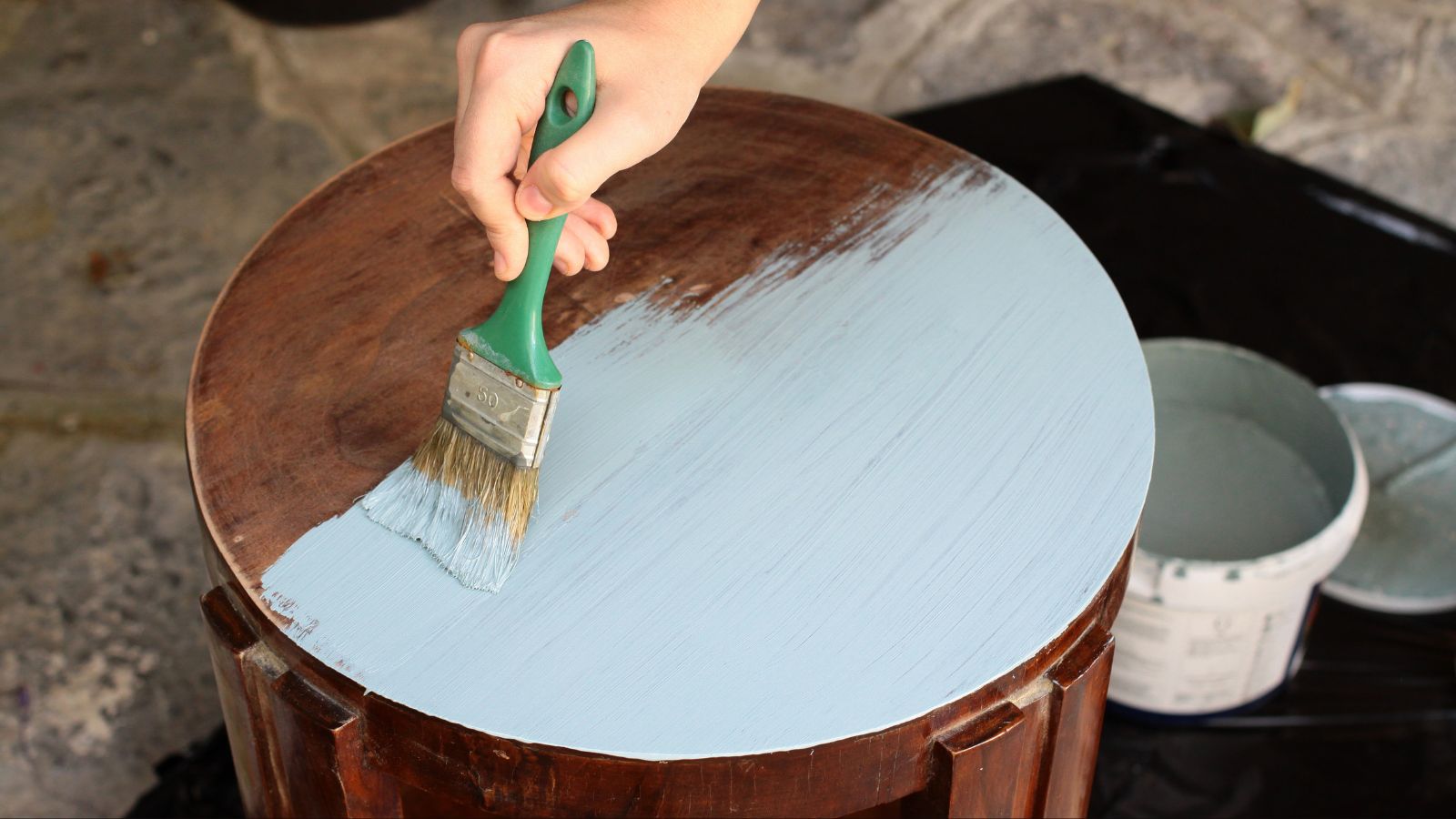
Many furniture polishes contain chemicals that release toxic fumes.These vapors can build up in areas with inadequate ventilation, raising the risk of respiratory problems or exacerbating asthma symptoms.
Mothballs and Cancer Risks
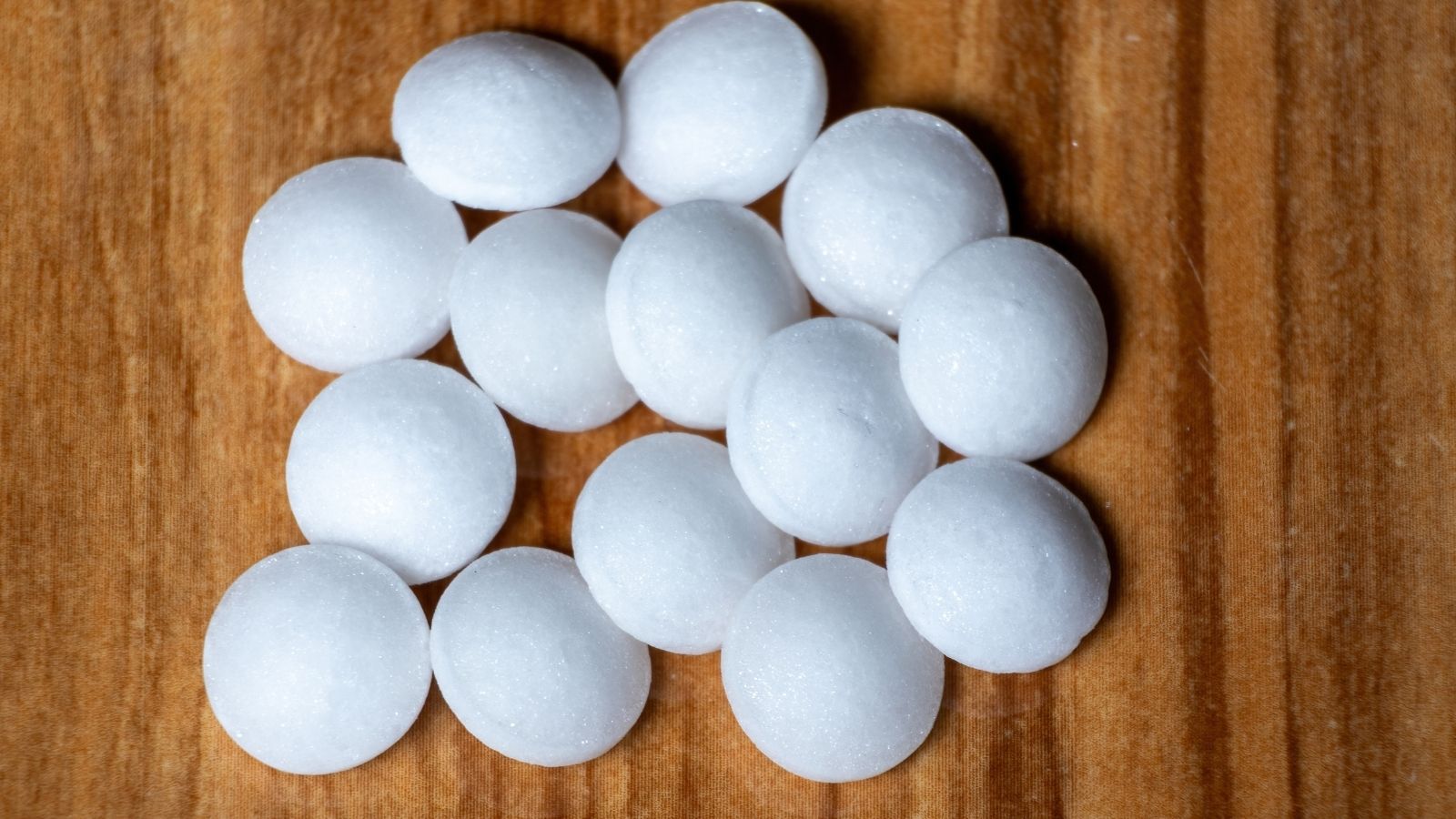
Hazardous substances like paradichlorobenzene and naphthalene are found in mothballs. Long-term inhalation of these compounds in mothballs can cause anything from liver damage and cancer to moderate nasal irritation.
Oven Cleaners and Skin Burns
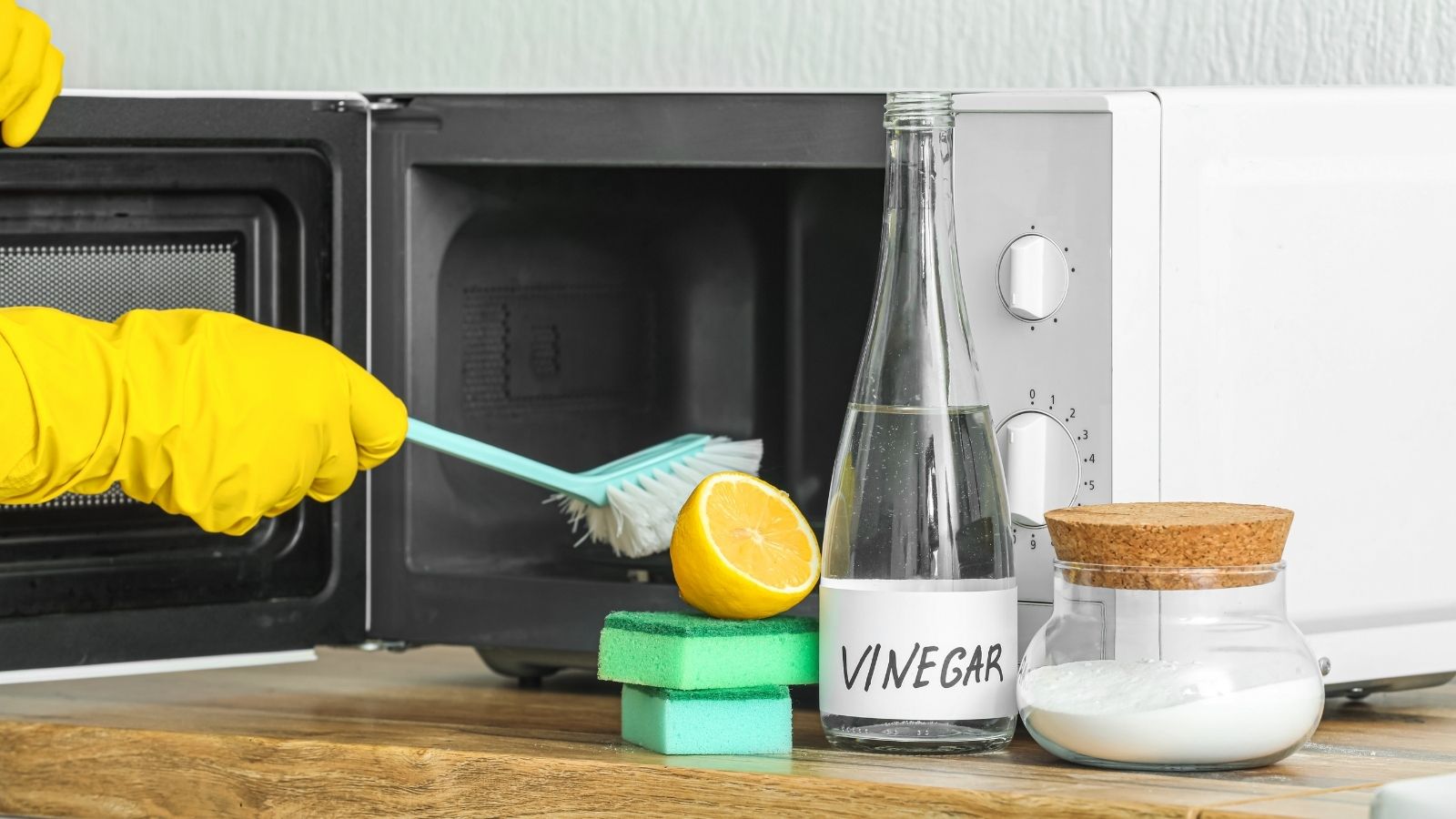
Oven cleaners often contain sodium hydroxide or potassium hydroxide, which are caustic chemicals that can burn skin. Direct contact with these chemicals can cause severe burns and if you inhale the fumes it can lead to respiratory distress.
Personal Care Products and Parabens
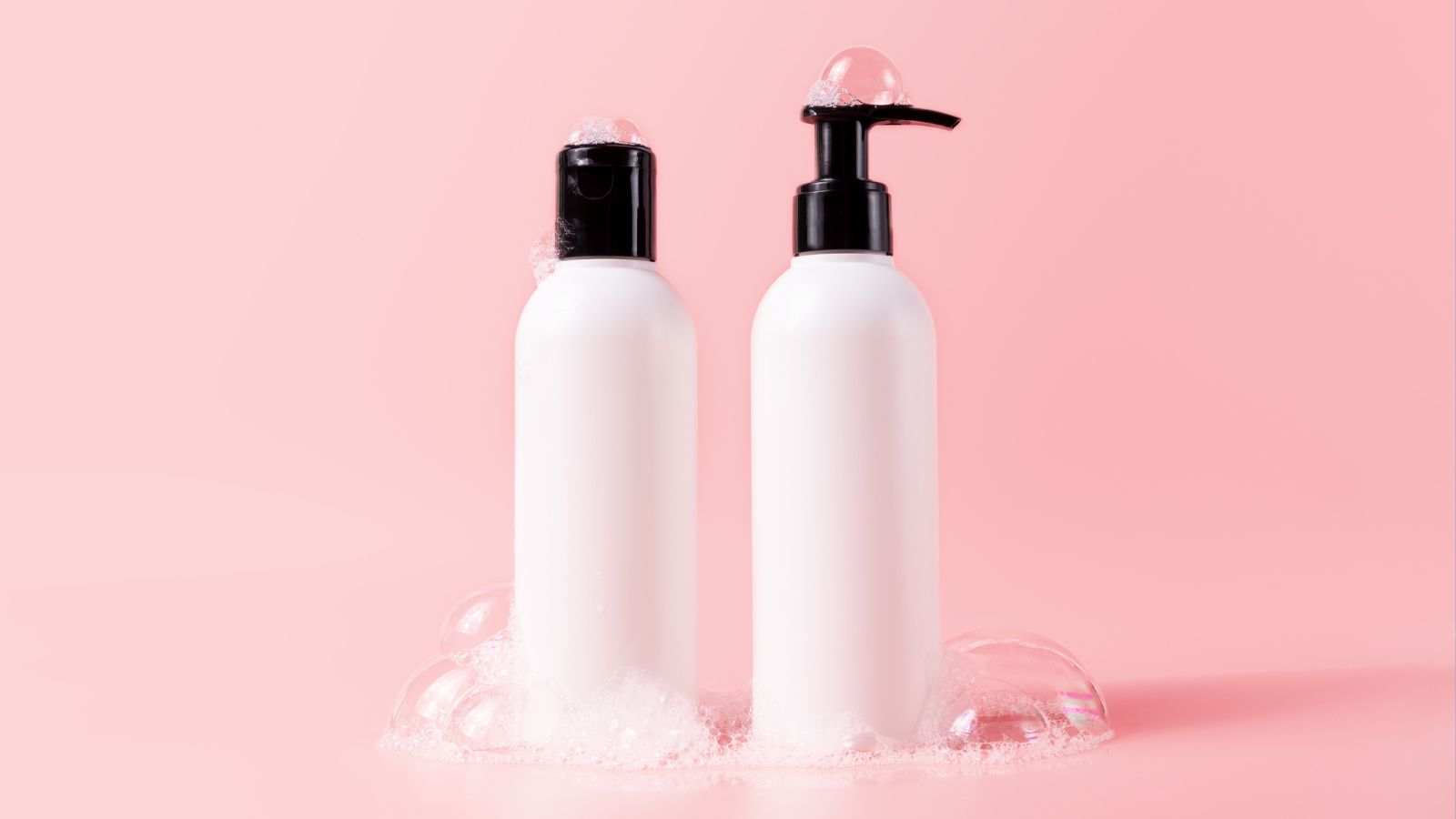
Many personal care items, like shampoos and lotions, contain parabens, which are used as preservatives. In the body, parabens can mimic estrogen, which can throw off the hormonal balance and cause problems with reproductive health.
Toilet Cleaners and Chemical Burns
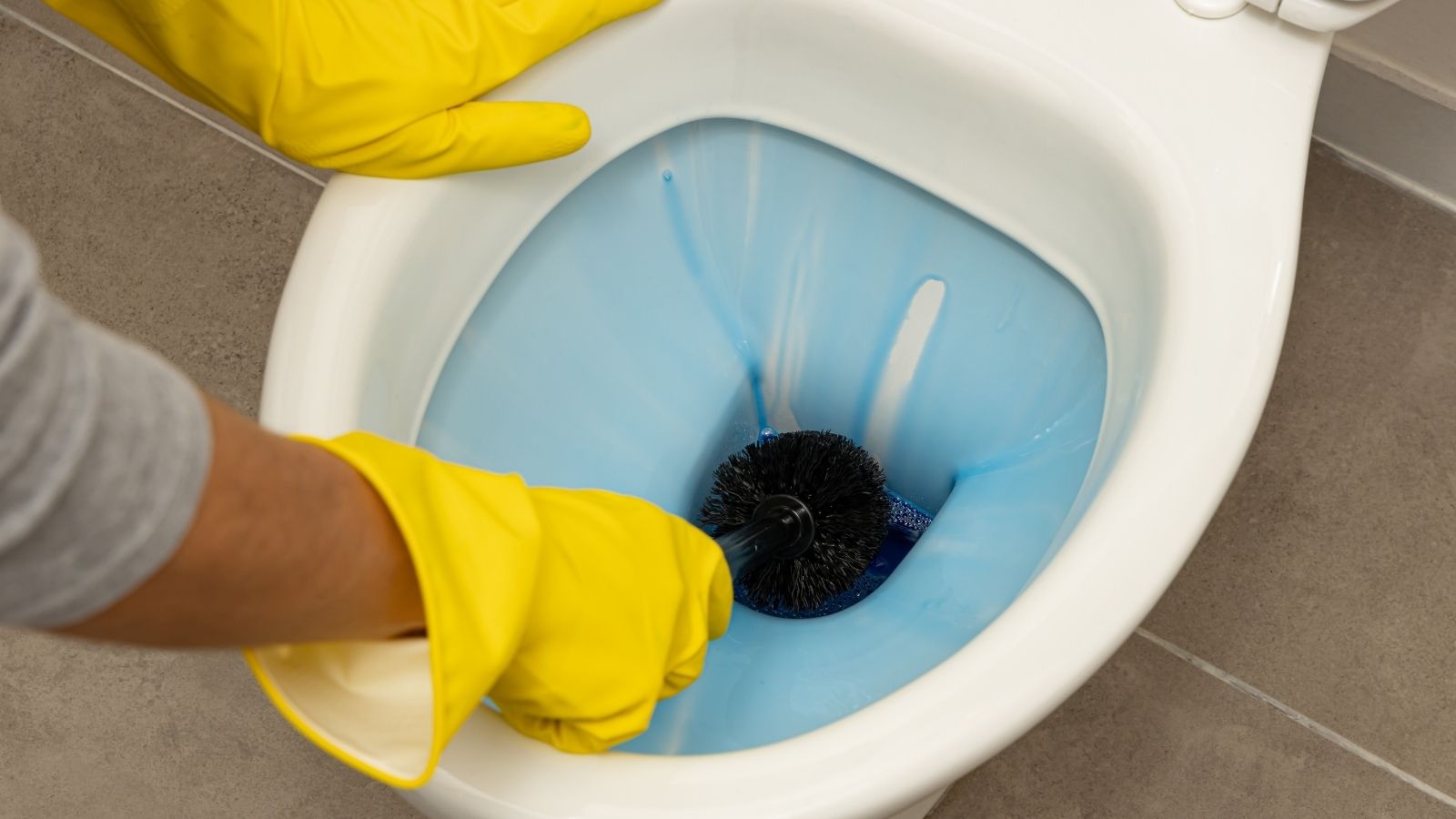
If not used appropriately, the powerful chemicals found in toilet bowl cleaners can cause burns to the skin and eyes. You should store these products carefully, especially near children as they can cause great harm if consumed.
Pesticides and Brain Health
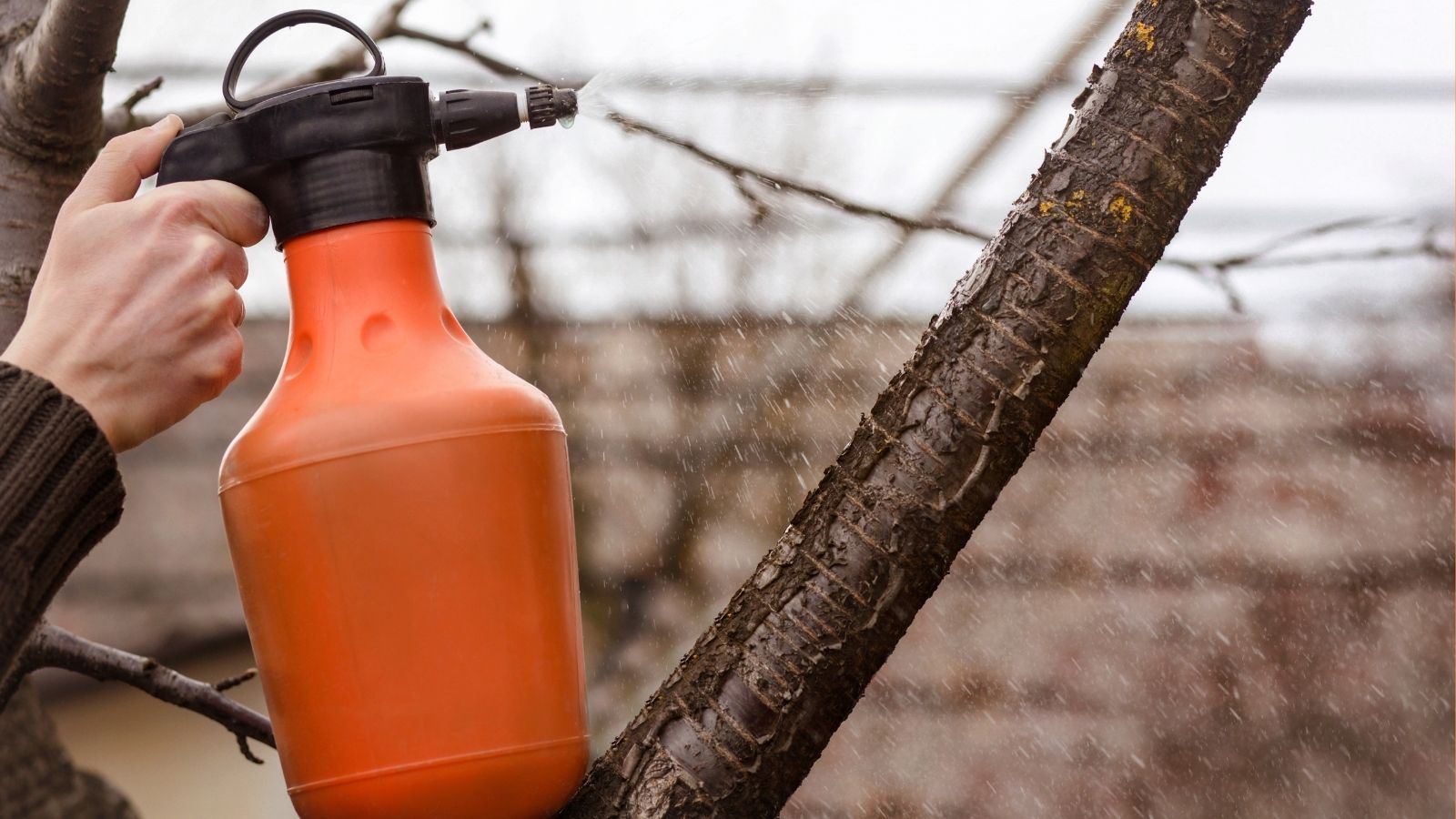
Modern farming relies heavily on pesticides to control pests and increase crop yields, but they are harmful to your health. Studies, as shown in the National Library of Medicine, have shown that long-term exposure to pesticides can increase the risk developing Parkinson’s and Alzheimer’s.
Plastic Containers and Chemical Leaching
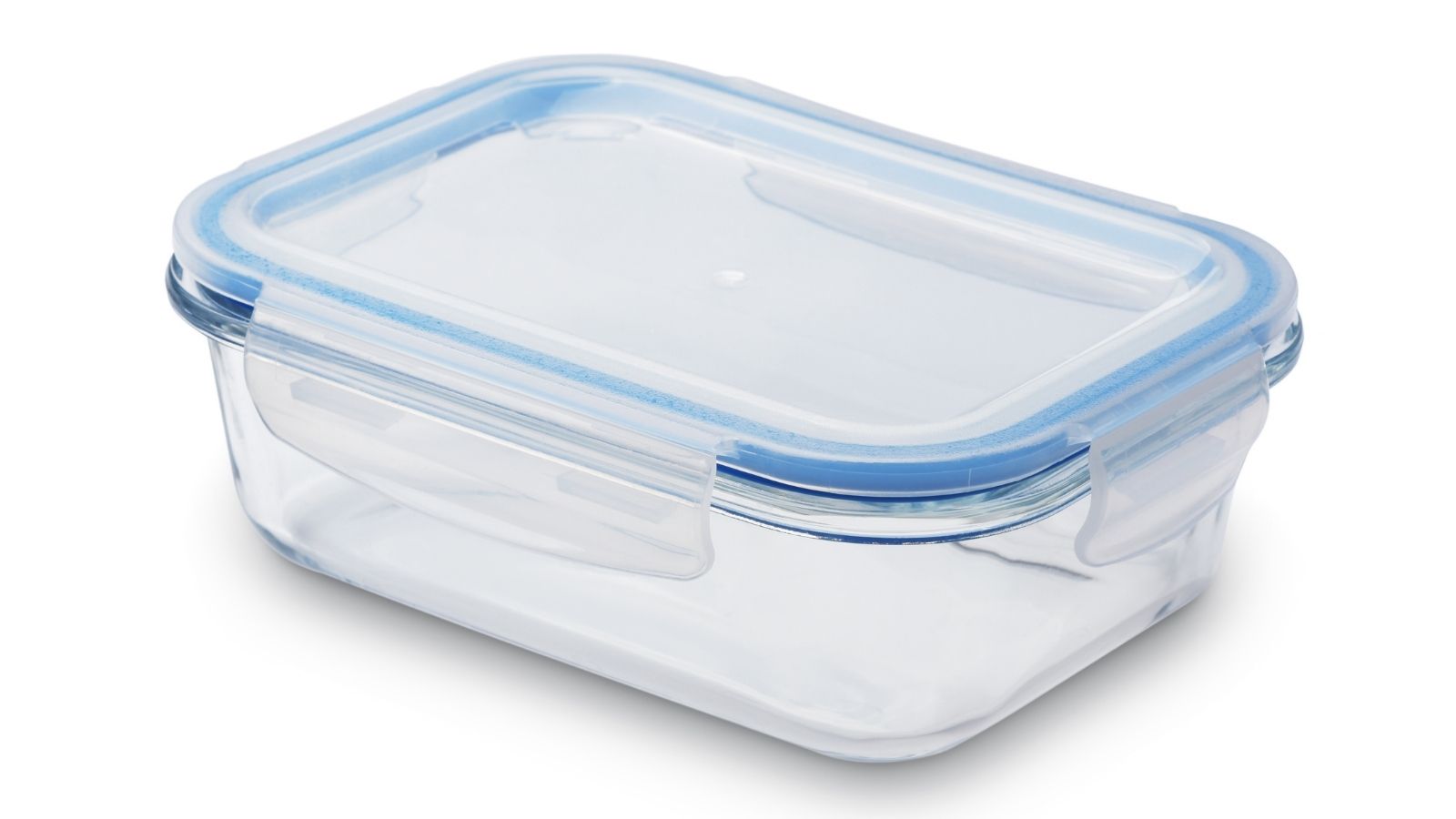
Bisphenol A (BPA), a chemical often found in plastic products, is a known endocrine disruptor. BPA may cause a variety of health problems, such as reproductive problems, and neurological diseases as studies show they can interfere with the body’s hormone system.
Dryer Sheets and Chemical Buildup

Dryer sheets contain fragrances and chemicals that, while giving a fresh smell, can leave a residue on clothes and irritate sensitive skin. Over time, the buildup of chemicals can also reduce the absorbency of towels and clog the lint trap, which is a fire hazard.
18 Reasons Why People Are Leaving Florida in Masses

Exploring factors that impact the desirability of living in Florida, this list delves into various challenges shaping residents’ experiences. From environmental concerns like rising sea levels to economic factors such as fluctuating job markets, these issues collectively contribute to a nuanced understanding of the state’s appeal.
18 Reasons Why People Are Leaving Florida in Masses
